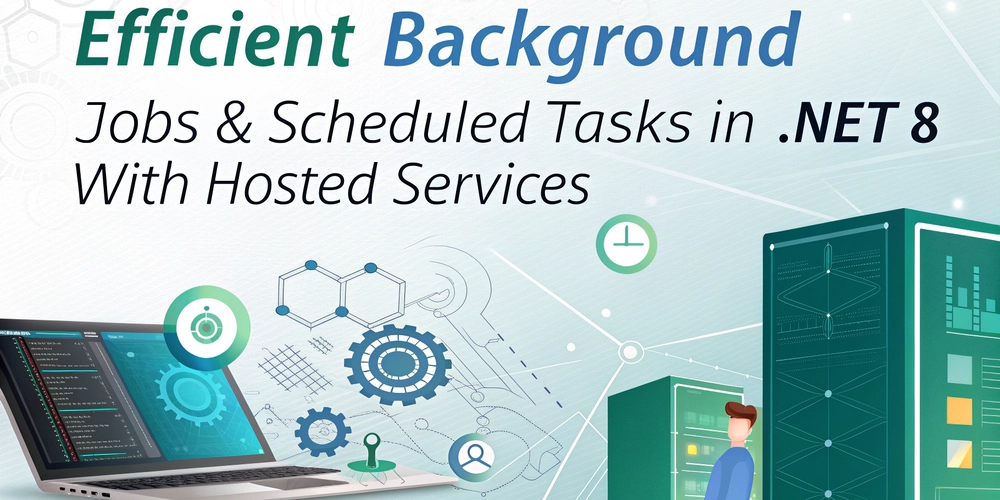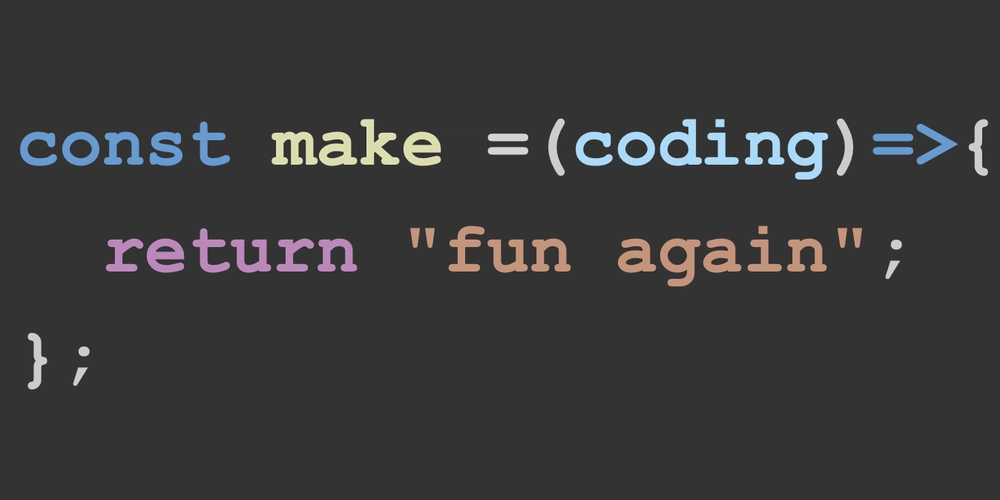
.NET 8 Background Tasks: Mastering Hosted Services for Efficient Automation
Unlock the power of background processing in your .NET 8 applications! This guide dives deep into utilizing Hosted Services to efficiently run background jobs and schedule recurring tasks. Learn to enhance your application's performance and responsiveness by offloading time-consuming operations.
Why Use Background Jobs and Scheduled Tasks in .NET 8?
Background tasks are key for optimizing .NET applications. They enable you to:
- Process messages and queues asynchronously
- Perform periodic cleanup of logs and cache data
- Send emails and notifications without blocking the main thread
- Aggregate data and generate reports efficiently
.NET 8's Hosted Services offer a streamlined, dependency injection (DI)-friendly approach to managing these tasks alongside your web or API applications.
Understanding .NET Hosted Services: The Foundation for Background Tasks
A Hosted Service is a class that runs in the background. You can implement .NET background tasks in two primary ways:
- Implementing
IHostedService: Requires definingStartAsync(CancellationToken)andStopAsync(CancellationToken)methods to control the service's lifecycle. - Deriving from
BackgroundService: Simplifies implementation by requiring you to override theExecuteAsync(CancellationToken)method, which contains the long-running loop.
Both options are integrated with the Generic Host used in .NET (like WebApplication in minimal APIs or HostBuilder). This integration provides built-in support for DI, configuration, and graceful application shutdown.
Crafting Your First .NET 8 BackgroundService: A Step-by-Step Example
Here's a basic, yet practical, example of a .NET 8 background service that logs a message every 10 seconds:
To register this service in your Program.cs file:
This code snippet demonstrates the essential steps to create and register a simple .NET 8 background service.
Scheduling Recurring Tasks: Timers and Cron Expressions
Precise Scheduling with PeriodicTimer in .NET 8
The PeriodicTimer class can also be used to schedule a .NET background task. The benefit of using PeriodicTimer is its simplicity.
Advanced Scheduling with Cron-Style Expressions
For more complex scheduling needs, consider using a library like Cronos to leverage cron expressions:
This allows you to define schedules with minute-level precision.
Handling One-Off Background Jobs with Queues in .NET 8
To manage fire-and-forget jobs (e.g., sending an email after a user registers), utilize a Channel<T> as a queue:
Register these services in Program.cs:
This setup enables you to enqueue tasks from your controllers or other services and process them asynchronously.
Real-World Use Cases for .NET BackgroundService
- Email & Notification Sending: Offload slow SMTP calls improving web application responsiveness.
- Data Cleanup: Schedule tasks to remove stale records or temporary files automatically.
- Message Processing: Consume messages from queues (RabbitMQ, Azure Service Bus) for asynchronous processing.
- Report Generation: Generate and store reports during off-peak hours reducing the load on the main application.
Best Practices for Reliable Background Jobs in .NET 8
- Graceful Shutdown: Always honor the
CancellationTokenand release resources properly when the application shuts down. - Exception Handling: Implement comprehensive error handling within your
ExecuteAsyncloops to prevent service crashes. - Logging & Metrics: Instrument your services with detailed logging and performance counters (e.g., Prometheus) for monitoring and troubleshooting.
- Dependency Injection: Carefully manage the lifetime scopes of injected services (scoped or singleton) to prevent unexpected behavior.
- Backoff & Retry: Implement retry policies using exponential backoff for handling transient failures.
- Health Checks: Expose health endpoints to allow monitoring tools to check the status of your background services.
Conclusion: Embrace the Power of .NET 8 Hosted Services
.NET 8 Hosted Services provide a robust and versatile mechanism for implementing background tasks and scheduled operations. By applying the examples and adhering to the best practices outlined in this guide, you can build reliable, maintainable, and observable background processing capabilities, significantly enhance your .NET applications.























